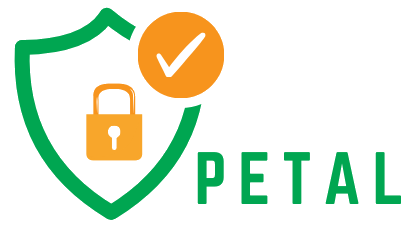“Strike While the Iron’s Hot: Email Strategies That Keep Customers Hooked”
Subtitle: “From First Impressions to Rekindling Connections—Nail Every Step of Your Email Journey!”
Introduction
Email marketing remains one of the most effective tools for connecting with audiences, driving conversions, and building lasting relationships. However, successful campaigns don’t rely solely on sending generic emails—timing and personalization are key.
In this blog, we’ll explore actionable strategies to send emails based on specific user behaviors and actions. By the end, you’ll know how to leverage automated emails to boost engagement, recover abandoned carts, and nurture long-term loyalty.
Table of Contents
- Triggered Emails for Browsing Activity
- Cart Abandonment Emails
- Purchase History Emails
- Engagement-Based Email Automation
- Key Takeaways
- Conclusion
1. Triggered Emails for Browsing Activity
Why It Matters
Triggered emails based on browsing behavior allow you to reconnect with users who have shown interest in specific products or pages but didn’t take action.
Key Points
- Identify User Interest: Track user activity such as product views, category visits, or time spent on a page.
- Send Targeted Reminders: Share tailored recommendations or limited-time offers to bring users back.
- Create Urgency: Use language like “Limited Stock” or “Don’t Miss Out” to encourage action.
Example/Stats
- According to a recent study, 45% of users who receive browsing-based emails revisit the site.
- Example Email:
“Still thinking about it? The jacket you loved is selling fast. Grab yours now!“
CTA: “View Your Favorites”
2. Cart Abandonment Emails
Why It Matters
Cart abandonment emails are powerful for recovering potential sales from users who added items to their cart but didn’t complete the purchase.
Key Points
- Send a Sequence: Start with a gentle reminder within 1 hour, followed by a second email offering incentives (e.g., free shipping or a discount).
- Include Images of Abandoned Items: Visual reminders of what they left behind improve click-through rates.
- Highlight Benefits: Reinforce USPs like fast shipping, easy returns, or limited stock.
Example/Stats
- Cart abandonment emails can recover up to 10-15% of lost sales.
- Example Email:
“You left these in your cart! Complete your purchase now and enjoy free shipping.“
CTA: “Return to Your Cart”
3. Purchase History Emails
Why It Matters
Leveraging purchase history helps you deliver personalized experiences, build trust, and encourage repeat purchases.
Key Points
- Recommend Related Products: Suggest complementary items based on past purchases (e.g., “Customers who bought this also liked…”).
- Send Replenishment Reminders: For consumable products, remind users when it’s time to restock.
- Reward Loyalty: Offer discounts, exclusive deals, or early access to show appreciation.
Example/Stats
- Personalized emails based on purchase history can increase sales by 20-25%.
- Example Email:
“Thank you for your recent purchase! Complete your skincare routine with these handpicked favorites.“
CTA: “Explore Recommendations”
4. Engagement-Based Email Automation
Why It Matters
Engagement-based emails ensure you stay relevant by adapting your strategy to how users interact with your content.
Key Points
- Welcome Series: Introduce new subscribers with a series of emails sharing brand values, product highlights, and exclusive offers.
- Re-Engagement Campaigns: Target inactive users with special offers or surveys to reignite their interest.
- Reward High Engagement: Send thank-you emails or exclusive perks to active subscribers.
Example/Stats
- Brands see a 30% increase in open rates for re-engagement emails.
- Example Email:
“We miss you, Sarah! Here’s 10% off to welcome you back.“
CTA: “Claim Your Offer”
5. Key Takeaways
- Triggered Emails reconnect with users who showed interest but didn’t convert.
- Cart Abandonment Emails recover lost sales with timely reminders and incentives.
- Purchase History Emails build loyalty through personalized recommendations.
- Engagement-Based Emails adapt to user activity, ensuring relevance and value.
- Leveraging automation saves time and increases conversion rates.
Conclusion
Behavior-based email strategies are essential for engaging your audience at the right moment. By automating emails triggered by actions like browsing activity, abandoned carts, and past purchases, you can drive higher engagement and sales.
Ready to take your email campaigns to the next level? Start implementing these strategies today and watch your results soar!
What’s your favorite email strategy for re-engaging customers? Share in the comments below!
Call-to-Action (CTA)
- Share this blog with fellow marketers.
- Subscribe to our newsletter for more actionable insights.
- Contact us to learn how we can optimize your email marketing strategy.
FAQs
- What is a triggered email?
A triggered email is automatically sent based on specific user actions, like browsing a product or abandoning a cart. - How effective are cart abandonment emails?
Cart abandonment emails can recover up to 10-15% of lost sales. - How can I personalize triggered emails?
Use user behavior data, such as browsing history, purchase activity, or engagement levels, to tailor content and offers.
